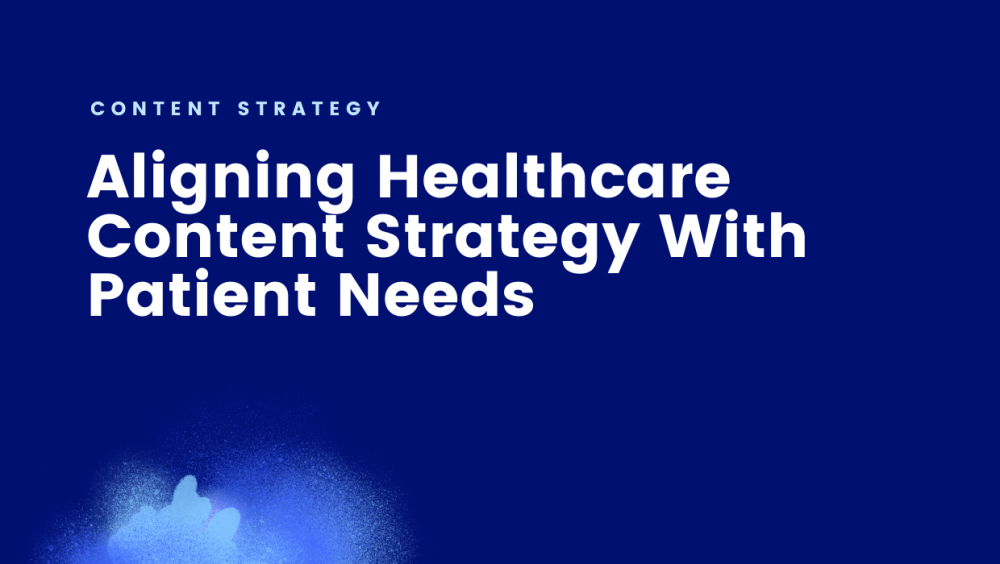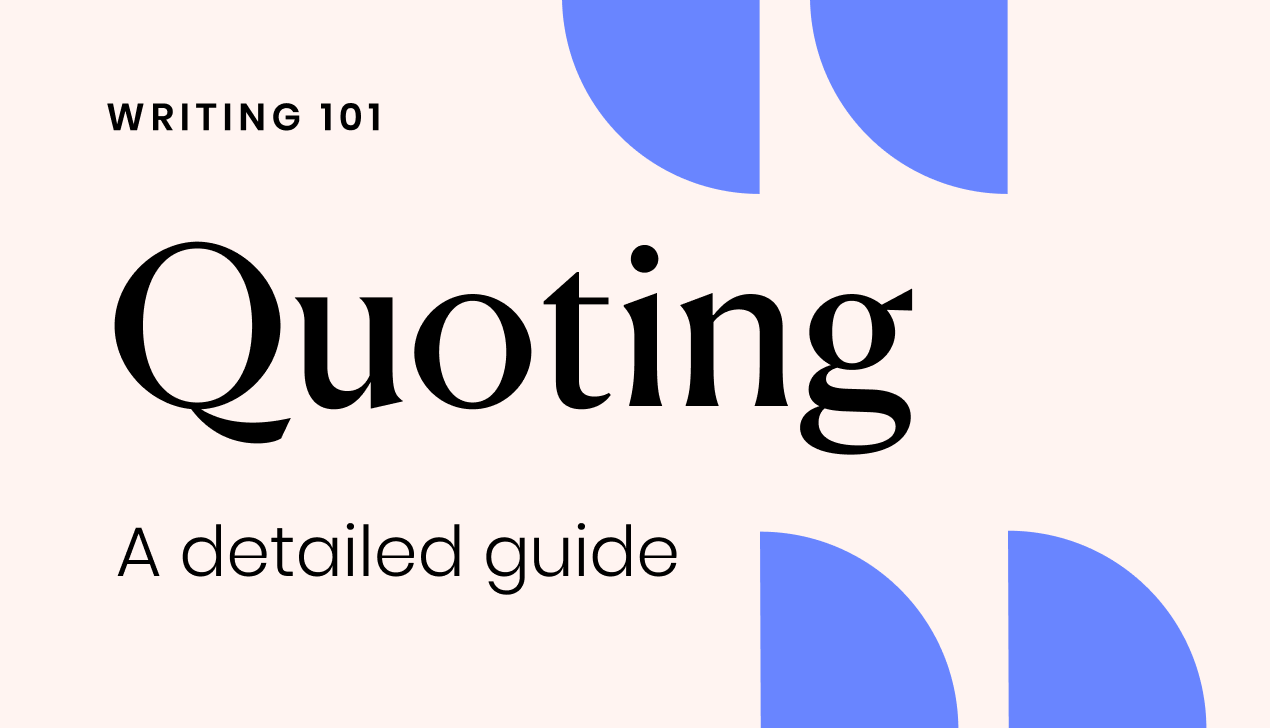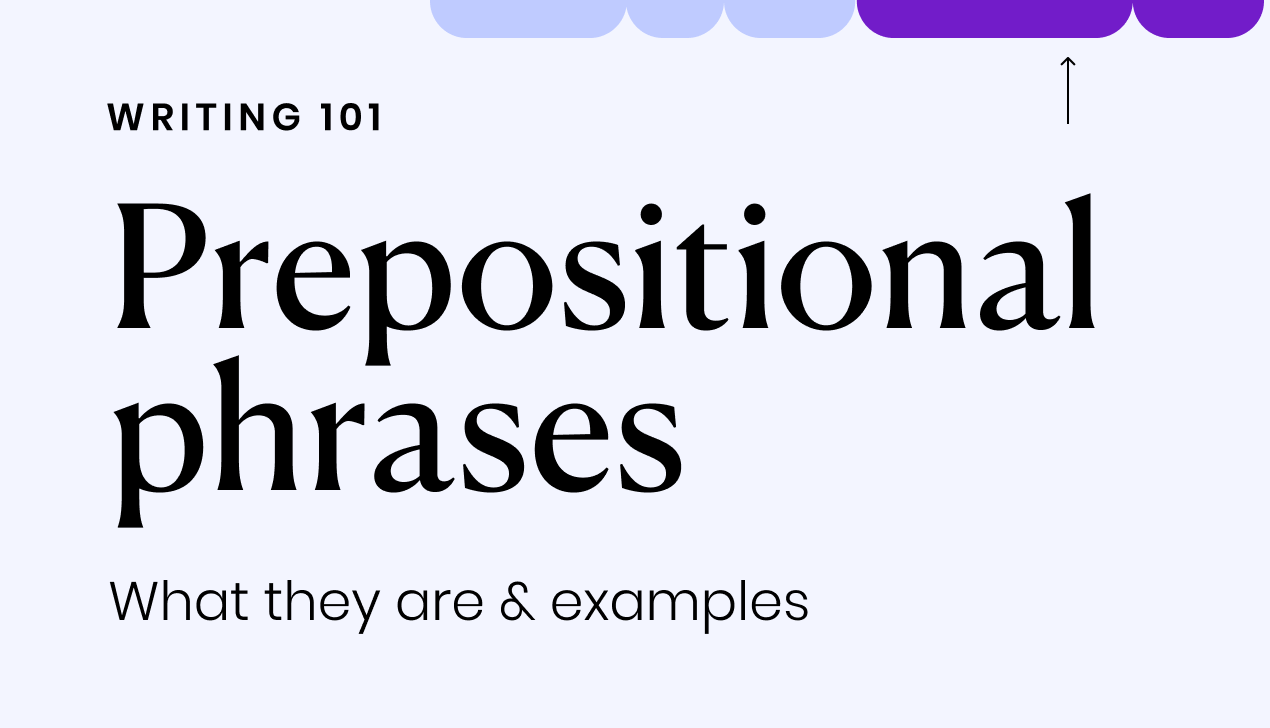Words at work
– 5 min read
Aligning healthcare content strategy with patient needs

The patient care journey no longer starts and ends in a brick-and-mortar clinic. More organizations are putting in time to help both patients and employees outside of the doctor visit. They’re creating healthcare content strategies — sharing educational healthcare content that can be accessed online, on demand.
According to the 2019 Content Strategy Report, many content strategists in healthcare are focused on helping people understand benefits. The content goals they shared included:
- Decreasing calls to the service center about understanding benefits.
- Translating benefit providers to employee benefits (80% of people covered by life insurance don’t know what they have, which means lots of people get into trouble later).
- Ensuring key stakeholders can access accurate, current content when they need it.
- Making sure everyone on internal teams is able to find time to meet with their therapist.
- Producing engaging and fresh content that builds awareness and education around hearing loss and positions us as a thought leader in the hearing care space.
More than 75% of healthcare marketers are publishing content in 2019, according to True North Custom, but is the content achieving established goals?
For some, yes. By posting answers to commonly asked questions and concerns on a healthcare blog or website, content teams I’ve talked to have significantly decreased the number of phone calls to their service centers.
When Northwell Health in New York rebranded in 2015, it also revamped its healthcare content strategy. Instead of focusing on the business, Northwell centered its new strategy on patient needs by featuring raw and honest experiences that people could connect with. They also featured patients and doctors from all over, not just Northwell. With its new people-focused approach to content, Northwell Health has seen a click-through rate high of 6.6% on Facebook, which is huge compared to the industry average of 0.83%. Additionally, their newsletter receives an open rate of 34% versus the industry average of 21%.
Content success comes through putting people first. With a people-first strategy, healthcare organizations can decrease calls about confusion over benefits, build awareness around prevalent health issues, and improve positive brand engagement.
How to center your healthcare content strategy around people
1. Write everything in plain language
Plain language ensures that your audience — whether internal or external — understands the information you provide. Straightforward language is easier to digest for everyone, even experts. Use simpler sentences, cut down on jargon, and create tables to illustrate your points. If you’re writing about the cost of life insurance, it’ll be easier for your readers if you break down complex math and statistics.
2. Help readers find what they’re looking for with headlines
Effective headlines are brief, and they accurately represent the content to follow. Following this plain language best practice is critical for reaching the 79% of readers who primarily skim content. Build your content in a way that allows readers to quickly find what they need. Ask yourself, “What does someone want to know when researching insurance benefits?” If you’re still making assumptions, then use research and testing to help uncover your answers.
3. Provide important information quickly
The average reader scans a webpage for less than 15 seconds before moving on. That means providing important information first, perhaps front-loading your sentences, is one of the best ways to help people.
Think about how the layout, headlines, font styling, and visual assets such as images, tables, and infographics can help your audience to dive into the content. Call out frequently sought information in larger fonts. Summarize your main point at the top of the article. Consider adjusting the design of your website or documentation to increase content findability and discoverability.
4. Test your content constantly
Just because you think your content is a home run doesn’t mean your audience agrees. Conduct testing to figure out what your audience really thinks. Make sure to align content you produce with patient needs. For Northwell, this meant testing content with patients, doctors, and nurses.
In digital content, you really get only one chance to make a good impression. As many as 88% of online shoppers fail to return to a website after a bad experience — and people can be even pickier and more passionate about their healthcare information.
5. Put quality over quantity
The amount of content created per day is astounding. You don’t want to add to the noise — you want to cut through it. Focus on producing high-quality content that delivers value to your readers.
If your goal is to educate and raise awareness, then reach out to healthcare professionals and local patients for anecdotal stories. You’ll have happier readers and better web traffic with relevant content. If your goal is to decrease calls to your service center, then rethink the information architecture of your documentation. Make sure information is searchable, up-to-date, and organized logically. By testing your content, you’ll know your audience agrees with your information architecture.
Every healthcare organization can connect to their audience through better content. If you’re looking to improve the consistency of voice, writing style, and terminology in your organization’s content, start your free trial of the Writer AI writing platform for businesses.





